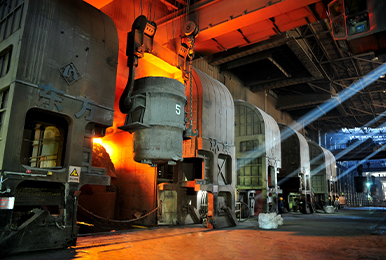Oct . 31, 2024 14:29 Back to list
Development and Applications of Gas Adsorbents in China for Environmental Solution
The Future of China Gas Adsorbents Innovations and Applications
Gas adsorbents play a critical role in various industrial processes, including gas separation, storage, and purification. In recent years, the focus on developing advanced gas adsorbents has surged, particularly in China, driven by the country's rapid industrial expansion and environmental concerns. This article will delve into the current state of gas adsorbents in China, exploring both innovations and their practical applications.
The Future of China Gas Adsorbents Innovations and Applications
Zeolites, crystalline aluminosilicates with a porous structure, have been widely utilized in gas separation processes. Their high surface area and tunable pore sizes make them suitable for selectively adsorbing specific gases, such as carbon dioxide (CO2) and methane (CH4). In China, research institutions and companies are developing new zeolite materials with enhanced adsorption capacities and selectivity, catering to the demands of industries ranging from petrochemicals to environmental management.
china gas adsorbents

Activated carbon remains another popular choice for gas adsorbents in China. Its physical and chemical properties allow it to effectively adsorb volatile organic compounds (VOCs), harmful gases, and odors. The production of activated carbon in China has expanded significantly, with manufacturers utilizing various raw materials, including coconut shells and coal. Recent advancements in activation processes have led to the creation of specialized activated carbons that perform better in specific applications, such as air purification and gas mask filters.
Metal-organic frameworks (MOFs) represent one of the most exciting advancements in gas adsorption technology. Composed of metal ions and organic ligands, MOFs have exceptionally high surface areas and tunable porosity. Chinese researchers are at the forefront of developing MOFs for various applications, including hydrogen storage, CO2 capture, and natural gas purification. The versatility of MOFs allows them to be tailored for specific gases, making them promising candidates for future energy solutions.
The applications of gas adsorbents in China are diverse, reflecting the country's broad industrial needs. In the energy sector, adsorbents are essential for natural gas purification processes, ensuring the removal of impurities before utilization. In environmental applications, they are increasingly used in air purification systems to control VOC emissions and mitigate pollution. Moreover, adsorbents are vital in the capture and sequestration of greenhouse gases, aligning with China's commitment to reducing carbon emissions and combating climate change.
In conclusion, the field of gas adsorbents in China is witnessing remarkable growth and innovation. With ongoing research and development, the country is poised to maintain its leadership in this arena, contributing significantly to industrial efficiency and environmental sustainability. As the demand for cleaner technologies increases, the importance of gas adsorbents will undoubtedly continue to rise, offering solutions that align with both industrial and ecological goals. The future of gas adsorbents in China looks promising, opening up new avenues for technological advancement and applications across various sectors.
-
Fe-C Composite Pellets for BOF: Enhance Steelmaking Efficiency
NewsAug.07,2025
-
Eco-Friendly Granule Covering Agent | Dust & Caking Control
NewsAug.06,2025
-
Fe-C Composite Pellets for BOF: High-Efficiency & Cost-Saving
NewsAug.05,2025
-
Premium Tundish Covering Agents Exporters | High Purity
NewsAug.04,2025
-
Fe-C Composite Pellets for BOF | Efficient & Economical
NewsAug.03,2025
-
Top Tundish Covering Agent Exporters | Premium Quality Solutions
NewsAug.02,2025
